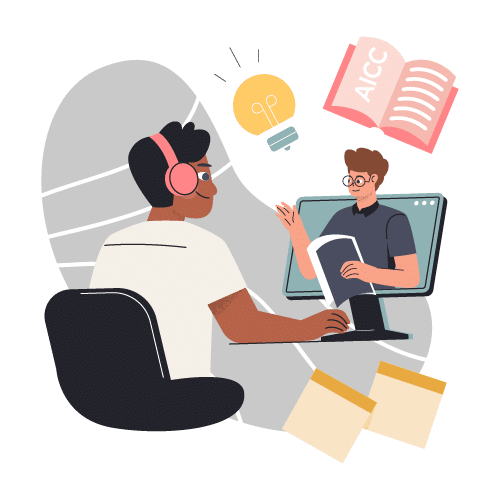Whether you’re a standup comedian, salesperson or instructional designer, you have to know your audience to engage them. Without engagement, you might as well be talking to yourself. You can’t entertain, influence or teach until you’ve engaged, and the key to winning over your audience lies in your ability to read them. You need to unearth their traits and behaviors to know how to hit their hot buttons and deliver content within their comfort range.
Verify Assumptions
Making assumptions about your learners or their prior experience and understanding what they bring to the course is dangerous and can set up learners for failure (not to mention the instructional designer). This isn’t to say that every custom eLearning module must start at the 101 level. State prerequisites, and/or start with a quick review and take the time to research your learners’ behaviors and characteristics.
Assessing Behaviors and Characteristics
There is no typical workforce—even among competitors. The corporate culture plays a major role in the traits and behaviors of your audience. Crack the corporate culture, and you will crack the “workforce personality.”
Age plays a role. In broad strokes, many millennials were taught the test, and they often want “just the facts” in 200 characters of less. A more mature audience probably wants to know “why.” They are the last generation that routinely received a classical education and were encouraged to question everything and reach their own conclusions. They took endless essay tests. Both groups want relevant eLearning with real-world application; neither wants to waste time in training. You can address both groups in the same module with a “more information” link containing a brief explanation. Everyone’s a sucker for a story, which is why good storytelling with vivid characters can engage a diverse audience.
The Digital Divide
This is the area where age plays the most important role. When you deal with an inter-generational audience, technology skill sets can vary widely, and you want to know where on the continuum your audience lies. Ask, take surveys, talk to people. If your eLearning incorporates gamification or social learning, make sure your older audience understands how to use these tools.
There’s one tool at your disposal that can encourage learning among many behavioral and age groups: Personal learning networks (PLNs) allow learners to learn from and with workers who share their characteristics, behaviors and general outlooks.




